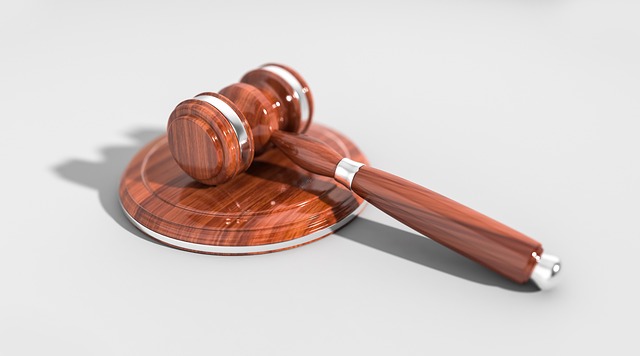The Resurgence of Tribal Courts in Modern American Justice
Introduction: In recent years, the American legal landscape has witnessed a quiet yet significant transformation: the resurgence of tribal courts. These indigenous judicial systems, long overshadowed by state and federal courts, are now playing an increasingly vital role in dispensing justice and preserving cultural heritage. This article explores the complex interplay between tribal sovereignty, federal law, and the evolving role of tribal courts in the 21st century.

However, the concept of tribal courts as we know them today began to take shape in the late 19th century. The 1883 Ex parte Crow Dog case, in which the U.S. Supreme Court recognized tribal authority in criminal matters, marked a turning point. This decision led to the passage of the Major Crimes Act in 1885, which paradoxically limited tribal jurisdiction over certain serious offenses but also implicitly acknowledged the existence and authority of tribal courts in other matters.
The Indian Reorganization Act and Its Impact
The Indian Reorganization Act of 1934, also known as the Wheeler-Howard Act, marked a significant shift in federal Indian policy. This legislation encouraged tribes to adopt formal constitutions and establish their own court systems. While the act was intended to strengthen tribal self-governance, it also imposed Western-style governmental structures on many tribes, leading to a complex hybrid of traditional and Anglo-American legal concepts in tribal courts.
In the decades following the Indian Reorganization Act, tribal courts faced numerous challenges, including limited resources, jurisdictional disputes with state and federal courts, and a lack of recognition from non-tribal entities. Despite these obstacles, many tribal courts persevered, gradually building their capacity and asserting their authority within the bounds of federal law.
Modern Expansion of Tribal Court Authority
The late 20th and early 21st centuries have seen a gradual expansion of tribal court authority. Key legislation and court decisions have played a crucial role in this process. The Indian Civil Rights Act of 1968 imposed certain constitutional protections on tribal court proceedings, enhancing their legitimacy in the eyes of the federal government. The Indian Child Welfare Act of 1978 gave tribal courts jurisdiction in certain custody cases involving Native American children, even when those children resided off reservation lands.
More recently, the Tribal Law and Order Act of 2010 expanded the sentencing authority of tribal courts in criminal cases, allowing them to impose longer sentences and handle more serious offenses. This act also improved coordination between tribal, state, and federal law enforcement agencies, recognizing the important role that tribal courts play in maintaining public safety in Native American communities.
Challenges and Controversies
Despite these advancements, tribal courts continue to face significant challenges. Jurisdictional issues remain complex, particularly in cases involving non-Native individuals on tribal lands. The 2013 Violence Against Women Reauthorization Act granted tribal courts jurisdiction over non-Native defendants in domestic violence cases, a controversial move that has been both praised for protecting Native women and criticized for potentially infringing on non-Native defendants’ rights.
Another ongoing challenge is the recognition and enforcement of tribal court judgments by state and federal courts. While some states have enacted laws or court rules facilitating this recognition, others remain reluctant to give full faith and credit to tribal court decisions, citing concerns about due process and the application of tribal law.
The Future of Tribal Courts
As tribal courts continue to evolve and assert their authority, they are increasingly being recognized as vital components of the American justice system. Many tribal courts are developing innovative approaches to justice, incorporating traditional practices and restorative justice principles alongside Western legal concepts. This blend of traditional and modern approaches has the potential to offer unique solutions to complex legal and social issues.
The future of tribal courts will likely involve further expansion of their jurisdiction and authority, as well as increased collaboration with state and federal courts. As these indigenous justice systems continue to develop and refine their practices, they have the potential to not only serve their communities more effectively but also to influence the broader American legal system with their unique perspectives on justice and conflict resolution.
In conclusion, the resurgence of tribal courts represents a significant development in American jurisprudence. As these courts continue to navigate the complex intersection of tribal sovereignty, federal law, and cultural preservation, they offer valuable insights into the diversity and adaptability of legal systems in a pluralistic society. The ongoing evolution of tribal courts serves as a testament to the resilience of Native American legal traditions and their enduring relevance in the modern world.





